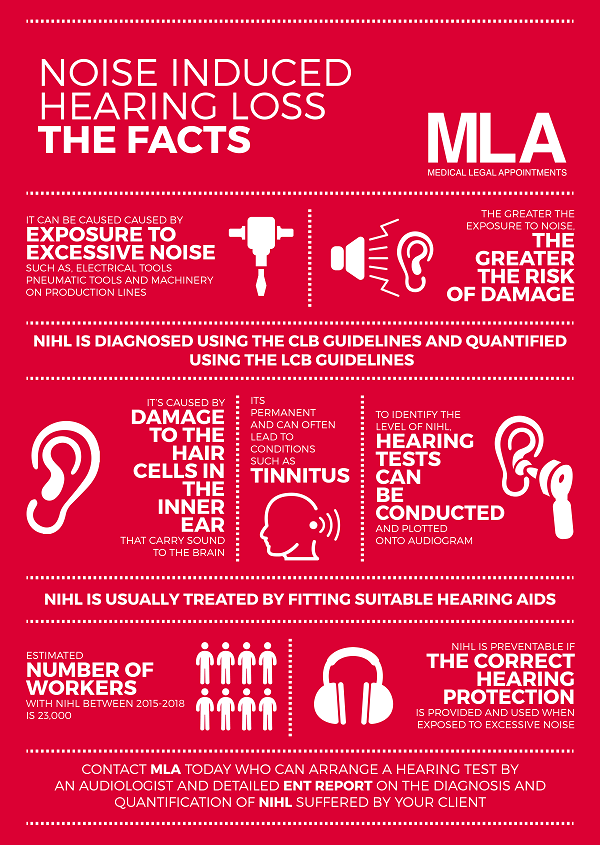Enhancing Learning: Addressing Auditory Handling Issues In Dyslexia
Enhancing Learning: Addressing Auditory Handling Issues In Dyslexia
Blog Article
Posted By-Harrington Mccormick
When you consider the challenges that dyslexic students encounter, it's clear that auditory processing concerns often play a substantial role. You could ask yourself how customized techniques can bridge the gap in between auditory guidelines and comprehension. By integrating visual help and damaging jobs right into workable actions, you might improve emphasis and understanding. Nevertheless, the services don't stop there. What other techniques can create an absolutely supportive understanding atmosphere that cultivates success and self-confidence?
Understanding Dyslexia and Auditory Processing
Dyslexia impacts roughly 1 in 5 people, making it one of the most typical learning disabilities. If you're browsing dyslexia, you may find that it doesn't simply influence reading and writing; it can additionally affect just how you process acoustic details.
Auditory handling describes exactly how your brain analyzes noises, including language. When you deal with this, it can lead to obstacles in understanding talked guidelines and adhering to discussions.
You might notice that you typically misinterpret what you hear or that it takes longer for you to respond in conversations. This isn't a reflection of your knowledge; it's a specific trouble pertaining to refining auditory signals.
Recognizing https://structuredliteracyprogram96418.humor-blog.com/31863910/get-over-the-obstacles-of-advocating-for-your-child-with-dyslexia-by-discovering-essential-strategies-that-empower-both-you-and-your-kid-in-the-academic-system is important because it helps clarify why you might excel in aesthetic tasks while dealing with difficulties in jobs that depend on acoustic understanding.
Identifying these obstacles can equip you. By comprehending the complexities of dyslexia and auditory handling, you can better promote for your requirements, whether in educational settings or social situations.
It's necessary to recognize these problems so you can seek the appropriate support and strategies in the future.
Effective Techniques for Assistance
Browsing the difficulties of acoustic handling can really feel frustrating, yet there are effective techniques that can help you flourish.
By carrying out these strategies, you can boost your knowing experience and boost your capacity to process acoustic info.
- ** Use aesthetic aids **: Pairing acoustic instructions with aesthetic supports, like graphes or representations, can dramatically boost comprehension.
- ** Damage tasks right into smaller actions **: Simplifying instructions right into manageable portions enables you to concentrate and process details more effectively.
- ** Practice energetic paying attention **: Engage in workouts that motivate you to pay attention diligently, such as summarizing what you've heard or asking questions for explanation.
- ** Integrate technology **: Make use of apps or software designed to help with auditory handling, such as speech-to-text devices or audiobooks, to strengthen understanding.
Creating Helpful Discovering Settings
Producing a helpful learning setting is crucial for helping individuals with acoustic processing challenges do well. Begin by decreasing diversions in your class or learning space. Use acoustic panels or soft home furnishings to absorb noise, which can help pupils focus better. Guarantee seating setups enable clear sightlines to the educator and any kind of aesthetic help.
Next, integrate clear and succinct interaction. Speak slowly and use easy language, checking for recognizing frequently. Encourage pupils to ask inquiries if they're uncertain. Aesthetic help like graphes, layouts, and written instructions can improve comprehension and retention.
Furthermore, promote a culture of perseverance and understanding amongst peers. please click the next page regarding auditory handling problems, advertising compassion and assistance. Team activities can be advantageous; simply ensure that roles are clear and that students collaborate to support each other.
Finally, offer routine responses. Celebrate progression and success, despite how small. This inspiration builds self-confidence and reinforces the concept that knowing is a journey.
Conclusion
In your trip to improve learning for individuals with dyslexia, think of each approach as a stepping stone throughout a river. By weaving with each other acoustic and visual help, damaging jobs into bite-sized items, and supporting a helpful atmosphere, you assist produce a bridge to understanding. Bear in mind, cultivating compassion among peers and appealing households can light the path to success. With persistence and commitment, you'll encourage learners to soar above obstacles, transforming their battles right into staminas.
